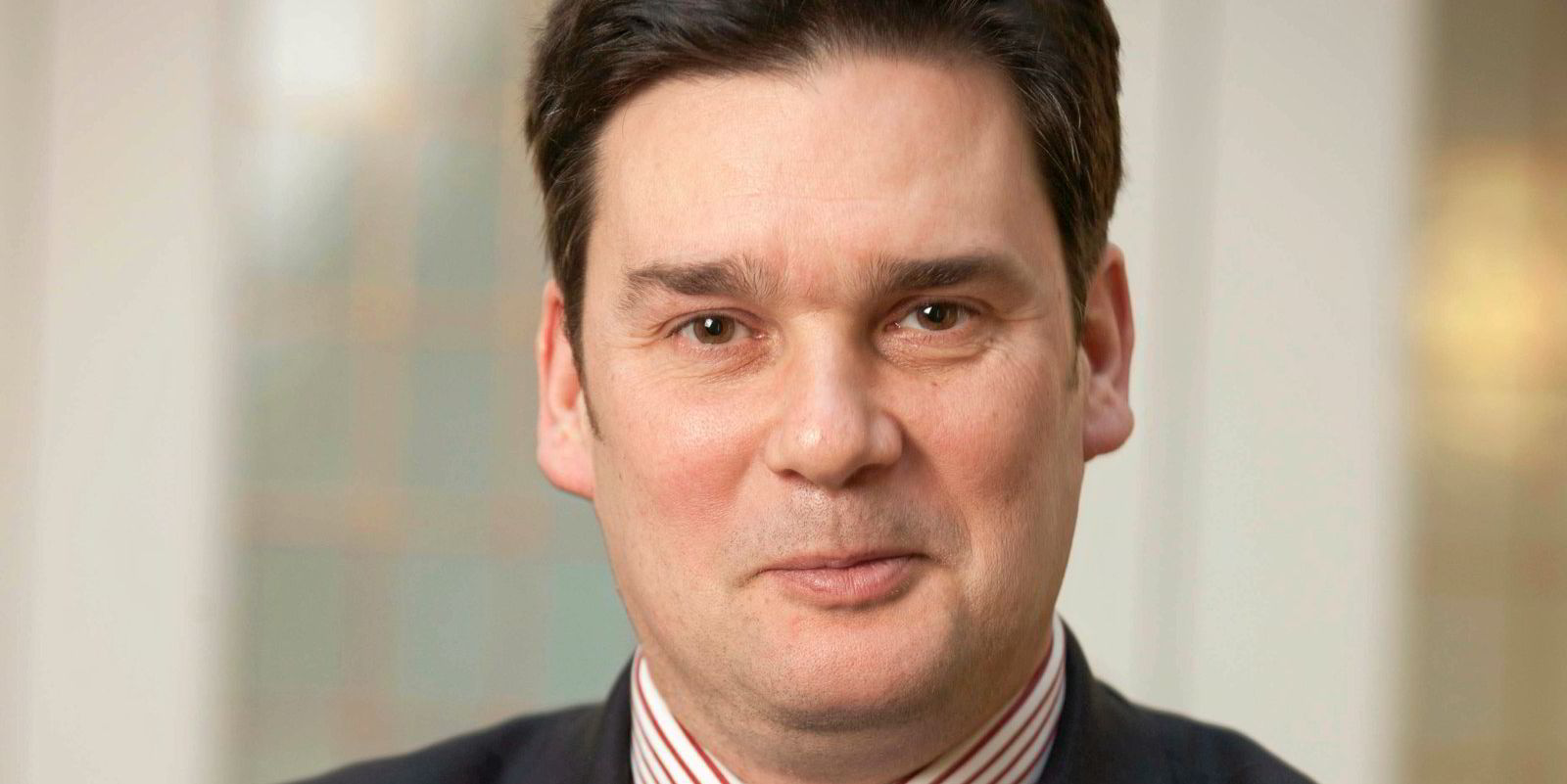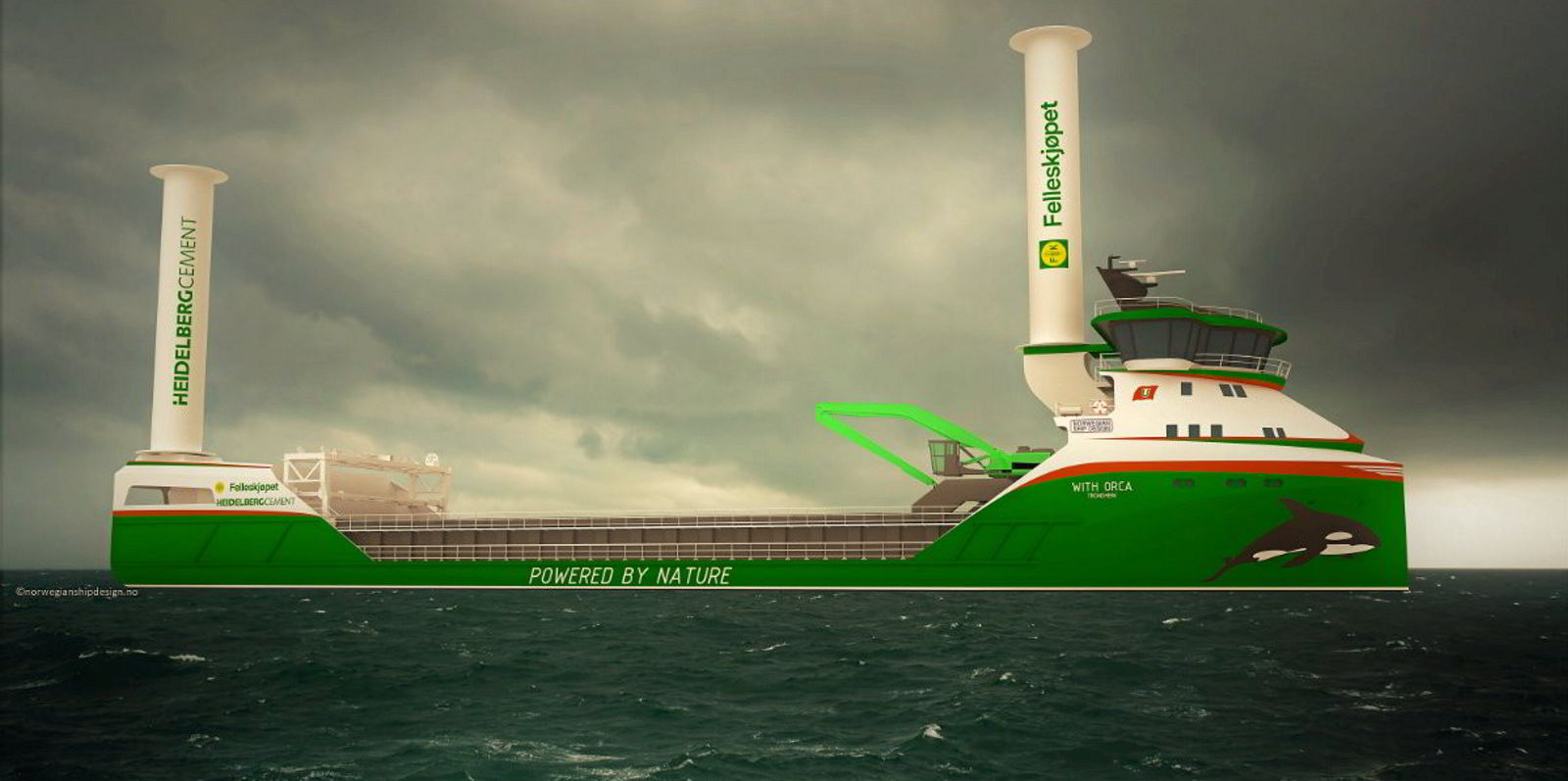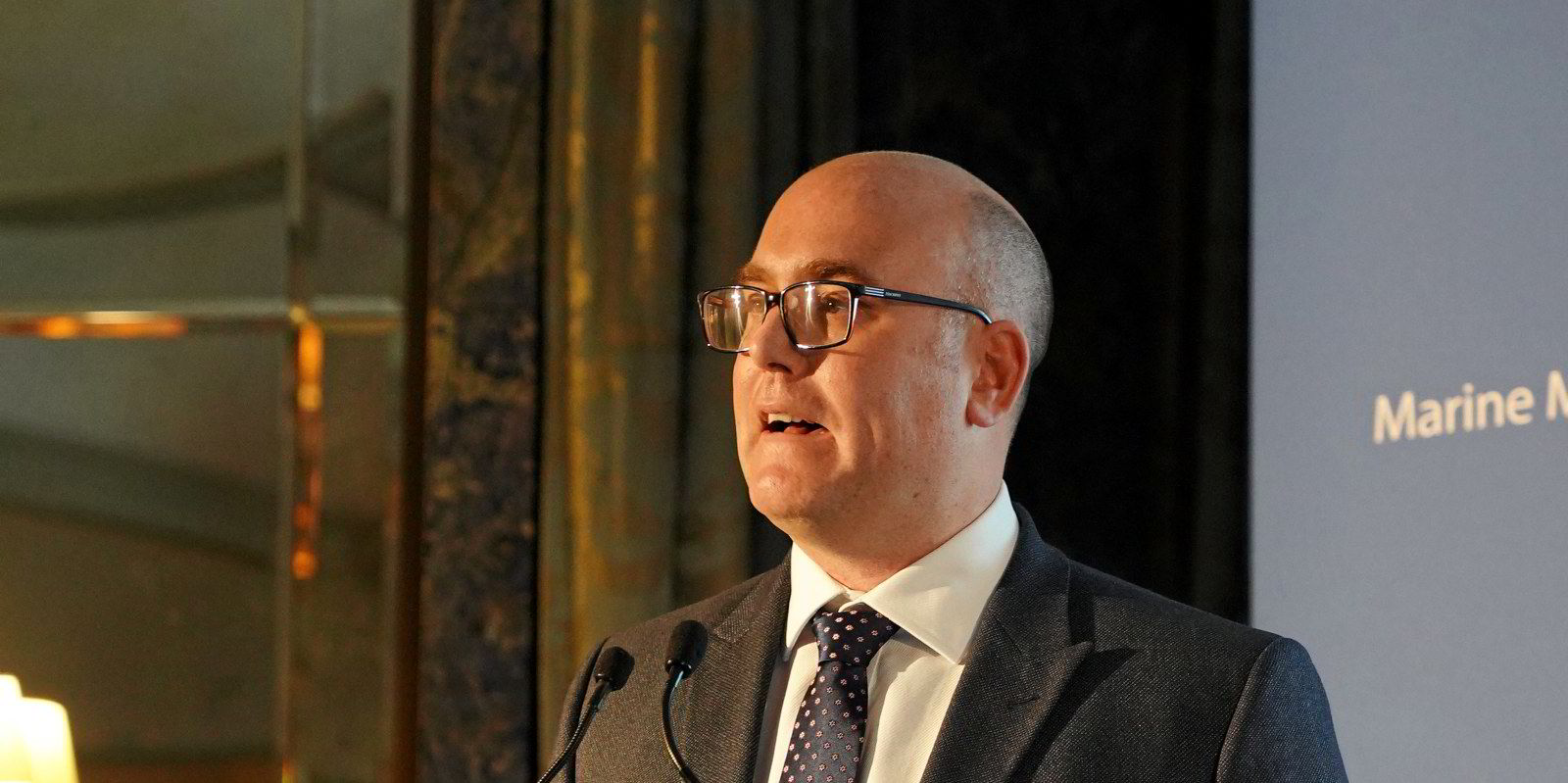The rush to use greener fuels in shipping is like the start of a hurdles race: runners are looking to accelerate away from the starting line but face many obstacles ahead.
One of the biggest hurdles they need to jump is the price gap between alternative and fossil fuels.
Contracts for difference (CfDs) worked successfully in equalising the cost of producing electricity to aid the emergence of the UK offshore wind industry, and so have been touted for shipping.
But the use of CfDs for shipping is more complex than in the renewables sector due to the number of potential fuels and ship types, actors within the industry and political and industrial entities involved.
CfDs can be defined as a mechanism that allows the difference between the “market” price for a fuel and the “strike” price required for it to be financially viable to be met by a public sector entity.
When the strike price is higher than the market price, the scheme subsidises the producer or user of the fuel by paying the difference.
When the reverse is true, the subsidy is repaid.
Various ways to bridge a price gap are possible, but environmentalists tend to see CfDs as the best route forward.
The Getting to Zero coalition of 200 groups across maritime, energy and finance has also backed the idea of using revenue from the European Union Emissions Trading System (ETS) to fund CfDs for zero-emission fuels.
However, there is another — similar in some ways but crucially different — contender being touted from within the shipping industry.
Brussels-based Transport & Environment (T&E) is about to release a new report into how it sees CfDs working, most likely in Europe, but the International Chamber of Shipping (ICS) is preparing to submit a plan for a fund-and-reward scheme based on carbon savings to the International Maritime Organization.
An earlier report into how or whether CfDs could work in shipping was broadly positive, although it pointed to several complications.
The 2021 report by the Smith School of Enterprise & the Environment and the Institute for New Economic Thinking at the Oxford Martin School said there were trade-offs between technology neutrality and the complexity of CfDs due to the differing needs of various shipping industry operators.
It recommended two options: A “fuel-only” CfD, which would be simple to operate and bridge the price gap but did not take into account capital costs for retrofitting ships or infrastructure development; or a “total cost of ownership” approach, which is technology-neutral and covered all costs associated with building and running zero-emission ships but administratively much more difficult to manage.
T&E sustainable shipping officer Jacob Armstrong, talking ahead of the release of its new report, told TradeWinds that it sees CfDs as the right instrument for shipping, despite the complexities.
He said: “No sane person, unless you are someone with a lot of money and market control like Maersk, would put green ships on the water [now] because it costs too much to operate them.
“And the difference in the cost of fuels is still going to be huge in 10 to 20 years’ time.”
Market mechanisms, such as CfDs, are not as direct as command-and-control regulations.
“He said any mandate, from either the EU or IMO, is unlikely to be a sufficiently high target to get zero-carbon ships built, but CfDs can help subsidise the difference in prices.
A CfD does not have to fully subsidise the total cost differential, though; it just needs to do enough to guarantee investors a price they can work with.
Paying a fee to ship operators for the amount of carbon they reduce would be another way forward and is an element in what the ICS is proposing.
But T&E believes that is too complicated for small owners and does not take away the biggest risk to shipping investors of dealing with the volatility of fuel prices.
In the UK renewables experience, less-mature technologies such as wave and tidal power lost out to offshore wind, and, after an initial high strike price was set by government for first-round projects, developers engaged in competitive bidding auctions that led to lower subsidy cost levels as the price of generating electricity from wind farms fell.
Tristan Smith, associate professor in shipping and energy at University College London’s UCL Energy Institute, argues that shipping’s late transition to cutting carbon may mean CfDs are no longer the best solution as the issue will be how to make the most efficient life-cycle use of green hydrogen feedstocks rather than calculating the costs of wind farm robustness and maintenance.
Shipping’s issue is how it handles levelling a playing field between zero emission fuels based on green hydrogen and interim solutions such as biofuels or blue hydrogen in an economic instrument, he told TradeWinds.
“You could use CfDs to do that, but it would become increasingly expensive as volumes demanded increase, and less desirable once winners are clearly established,” Smith said.
Armstrong is clear that any CfD scheme would be expensive for governments. But he argues that the EU will also likely apply them to other industrial sectors as well, such as steel and cement production.
As emissions abatement is likely to be expensive for shipping, T&E is looking for separate sector pricing mechanisms from those industries, possibly via auctions.
With the European Parliament proposing a mandate for EU shipping to use at least 2% renewable fuels of non-biological origin by 2030 under its draft FuelEU Maritime regulation, a basket of measures is likely to evolve.
T&E argues that the FuelEU 2% sub-quota is too low to incentivise enough use of zero-emission fuels to hit 2030 carbon-reduction targets, and that its level would need to be at least 6%.
Armstrong said carbon pricing on its own will not decarbonise any sector, so T&E is looking for the ETS to work alongside FuelEU and CfDs to get there.
Smith’s belief, though, is that a carbon price does not need to close the “full” price gap to a scalable zero-emission fuel to enable its use, at least in the initial phase of a policy’s application.
“It can do so partially, and then it is much more about the revenue use,” he said.
Armstrong said: “CfDs are definitely going to happen and green hydrogen will be produced. The question is, will it go to shipping?
“I don’t think shipping has done itself any favours over the last 20 years by lobbying so hard against so much European legislation. Does that mean the European Commission will think first about its steel industry? I think maybe.”







